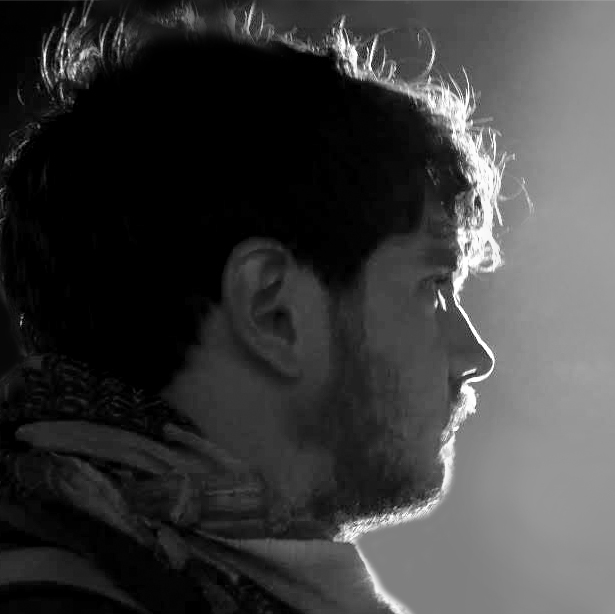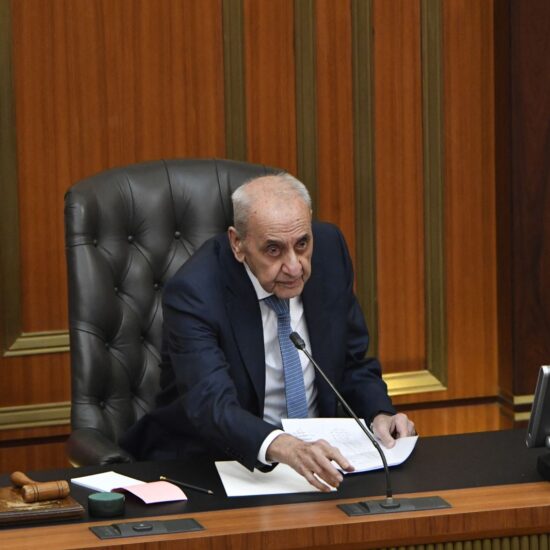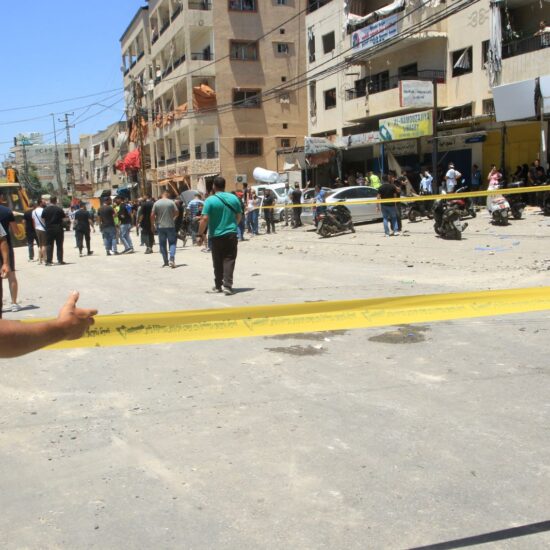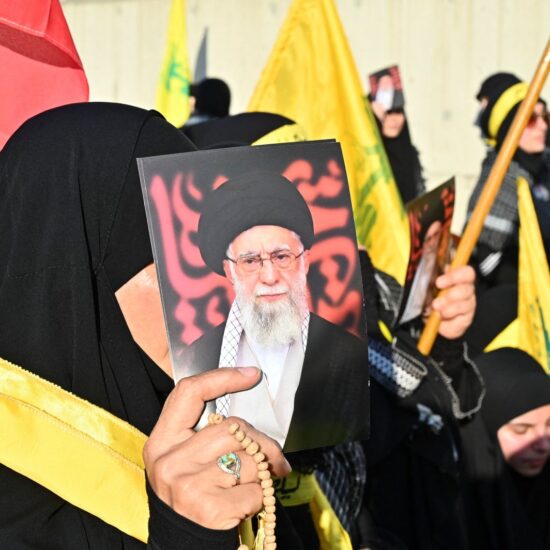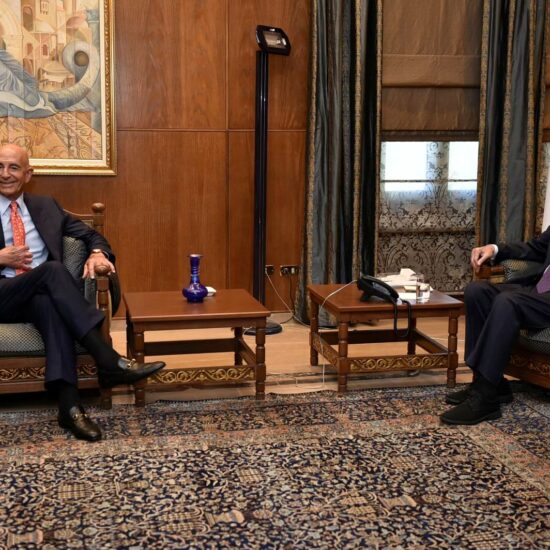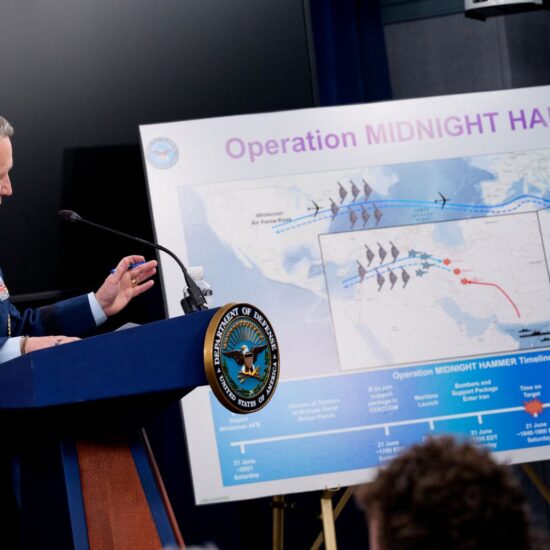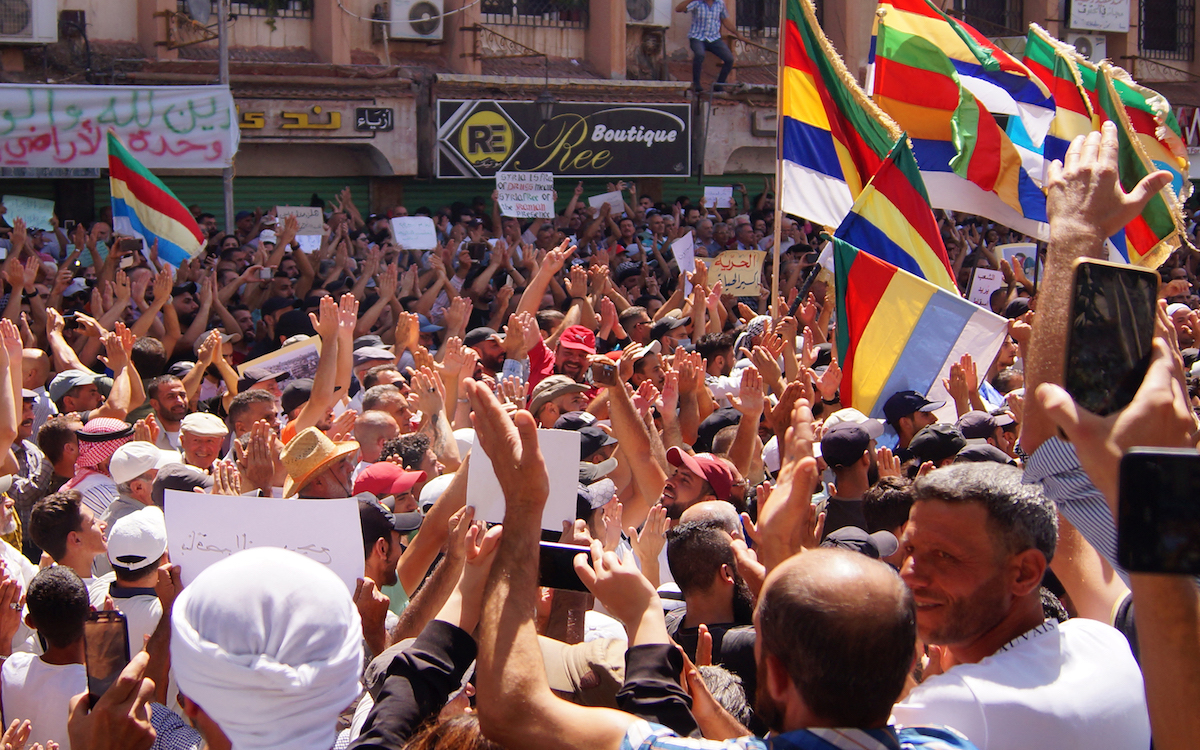
“The people want the downfall of the regime,” protesters shouted in Karame Square in Sweida, a chant that has not been heard in government-held territories in Syria since the start of the uprising in 2011.
The streets were awash with flags and posters etched with the demands and anger of the citizens as their chants filled the streets.
Hundreds of people from Sweida and the surrounding areas had come to the square to take part in the protests that have been going on for four weeks as part of the latest and some of the largest anti-government demonstrations that Syria had seen since the popular uprising began in 2011 in Daraa.
“They come from all the adjacent cities and governance. Even if the village is close or further away, they gather one another and share public transportation and come to Karame Square to protest,” Marwan Hamzeh, a Syrian activist and a spokesperson for the protests, told NOW.
Even after nearly a month of daily protesting, the Syrian people are refusing to back down and continue to voice their anger and frustration at the president, Bashar al-Assad, and his government.
“This protest will still go on in the name of the people and getting rid of the Syrian regime,” Hamzeh stated.
Demanding their dignity
The protests, which began on August 20, in Sweida did not start with people demanding the downfall of Assad but, rather, were initially focused on the deteriorating economic situation in the country that has, according to the United Nations, left an estimated 90 percent of people living in government-held territory in poverty.
For many in Sweida, a highly impoverished area of Syria, the hardships of living had reached a breaking point, especially when the government decided to raise the price of fuel.
“The Syrian citizen in Syria is deprived and is living in poverty,” Hamzeh explained. “The highest salary for an employee in Syria does not exceed $15. He needs to live off $15 the whole month, for water, food, clothes for kids, schools, medication and universities.”
According to Hamzeh, if the government simply listened to the people’s demands and backed down from raising the price of fuel, then the streets likely would have cleared out and the protests would not have expanded into what they are today.
The fact that the government seemingly “turned a deaf ear” to its people only angered them further, and led to increasingly larger groups of people joining the protests.
Then, there was a shift in the protests.
No longer were they calling on the government to reverse its decision to raise to price of fuel. Instead, they began to point their fingers at the government and blame those in power for being the reason for the economic crisis plaguing the country.
The fact that large-scale protests are taking place in government-held territory was already significant in itself, but what makes it even more extraordinary is who was taking part in the protests.
“What signifies the protests in Sweida is that the bar was higher this time. The head of the regime was blamed for the country’s hopeless situation, and, perhaps most importantly, when protests started the Durzi religious leaders openly supported them,” Armanak Tokmajyan, a non-resident fellow at the Carnegie Middle East Center, told NOW.
The Druze, a religious minority in the country, like Assad’s own Alawite, make up the majority of Sweida and had generally remained neutral and stayed out of most of the conflict that arose after the uprising began in 2011. On top of this, the local Arab tribes also put their support behind these new protests despite, like the Druze, having mostly remained neutral when it came to the government.
During the protests, demonstrators even stormed a local Baath Party headquarters and removed the large portrait of Assad that hung from its roof.
When protesters attempted to storm another headquarters on September 13, gunmen fired on them. Three people were reported injured in the shooting.
أثناء محاولتهم إغلاق المبنى للمرة الثانية.. حراس فرع #حزب_البعث يطلقون الـ ـنـ ـار لتفريق #المحتجين في #السويداء ورجال الدين يتدخلون pic.twitter.com/xjLveC81sI
— المرصد السوري لحقوق الإنسان (@syriahr) September 13, 2023
Given Syria’s history when it comes to protesting against the leadership of Assad, there have been worries that the government could attempt to crack down on the demonstrations.
However, Hamzeh said that it would be dangerous if any troops were sent to put an end to the protests.
“This regime will fall if he comes near it or the protest. We would wish that this regime does not come near the protesters or things will get ugly,” he stated.
A silent response
Unlike in 2011 when the Syrian military was sent into Daraa to violently put down the uprising, the Syrian government has mostly remained silent about this new round of protests.
In fact, there has not been so much as an acknowledgment from the government-controlled media that the protests are even taking place.
Instead, the government has referred to them indirectly by blaming Western sanctions for the economic crisis, which have played a role, but other major factors include rampant governmental corruption and fiscal and economic mismanagement. Government media also accused the West of trying to exploit divisions in the country.
We don’t know until when they will stay. We cannot put a timeline on this. It is out of hands and the people are just proceeding with the peaceful protests, asking for freedom, dignity and to free the prisoners.
On social media, supporters of Assad were quick to attack the protesters, accusing them of being part of a CIA-backed revolution looking to overthrow the government.
The head of Syria’s reconciliation committee, Omar Rahmoun, also posted on social media that the protests were a conduit for extremist groups.
In Lebanon, Al-Akhbar, a daily newspaper closely affiliated with Hezbollah, an armed Iran-backed party and military force that intervened in Syria’s civil war to support Assad, published an article that attacked the demonstrators and accused them of looking to establish “self-administration” in southern Syria.
Mostly, however, the protests have been treated as if they did not exist.
But this could easily change in an instant. Some major concerns include Assad allowing Islamist militants to enter the area in order to justify coming in with the army under the guise of fighting terrorism – a tactic that has been used in the past.
Hamzeh quickly dismissed any possibilities of extremist groups being in Sweida, saying that the only people there were those too poor to leave the country.
“Sweida does not have terrorist groups,” he explained. “The ones that are here are left behind because they could not afford to travel since the regime took their parents’ money or they wanted to be part of the Syrian army but they are not killers. These are the people who are protesting in the streets.”
“For their basic rights,” he quickly added.
Another concern is the possibility of Hezbollah or militias associated with the government being used to bring an end to the protests – a tactic that has also been previously utilized.
Again, Hamzeh argued that any use of force in Sweida would only lead to disaster.
Tokmajyan is skeptical that Assad would authorize the use of force for the time being, instead arguing that the government is more likely to play the waiting game in the hopes that the protests fizzle out.
“The regime will use brute force in Sweida only as a last resort,” he stated. “It is also unlikely that the regime would give in to the main demands, especially opening a crossing with Jordan. The more likely scenario is just letting them protest until they get tired. And maybe give some small economic incentives, though nothing major.”
Hamzeh, though, said that the protests were not going to end any time soon, and that people are continuing to gather in Karame Square.
“We don’t know until when they will stay. We cannot put a timeline on this. It is out of hands and the people are just proceeding with the peaceful protests, asking for freedom, dignity and to free the prisoners,” Hamzeh said.
Hope persists
Hamzeh is all too aware of what happened in 2011 when the Syrian people rose up and demanded massive political change.
This hope has been with us from the start of the protest in 2011 till now. This is the hope we are gambling on for the system in Syria to change, we want to call upon our brothers in other cities in Syria to join and succeed in the protests.
Over a decade later, hundreds of thousands have been killed, millions displaced, and the country irrevocably changed.
Still, despite this, he remains hopeful that change will come.
“This hope has been with us from the start of the protest in 2011 till now. This is the hope we are gambling on for the system in Syria to change, we want to call upon our brothers in other cities in Syria to join and succeed in the protests,” the activist stated.
Other parts of Syria, such as Aleppo and Daraa, also started protesting around the same time, but, unlike Sweida, those protests were quickly targeted by security forces who were told to arrest anyone taking part in the demonstrations.
Tokmajyan also said that if the protests were going to spread to other parts of the country, “they would have expanded during the height of the protests” and that it is unlikely to expand outside of Sweida unless there is a “new spark, new energy for bigger protests.”
This has not dampened Hamzeh’s spirits, who said that the hope of eventually achieving their goals will “never be lost.”
For Hamzeh, as long as the hope for change remains, then the fight will never truly be over.
Nicholas Frakes is a senior reporter with @NOW_leb. He tweets @nicfrakesjourno.
Rayanne Tawil contributed to this report.


